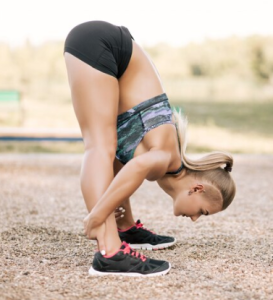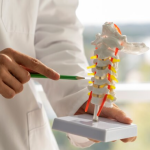 |
Oftentimes, people can be scared to move their backs certain ways, or that some movements are bad, and they will injure themselves if they do them. Truthfully, the more we avoid these movements, the harder they become to do which can actually lead to a greater chance of injury. Keeping the spine mobile and strong with exercises every day is the best way at minimizing the risk of injury. Ultimately, it helps our bodies build resiliency. There are many gentle movements and stretches to choose from that are great for keeping a healthy spine! Getting Started Firstly, these exercises may…
Read More



